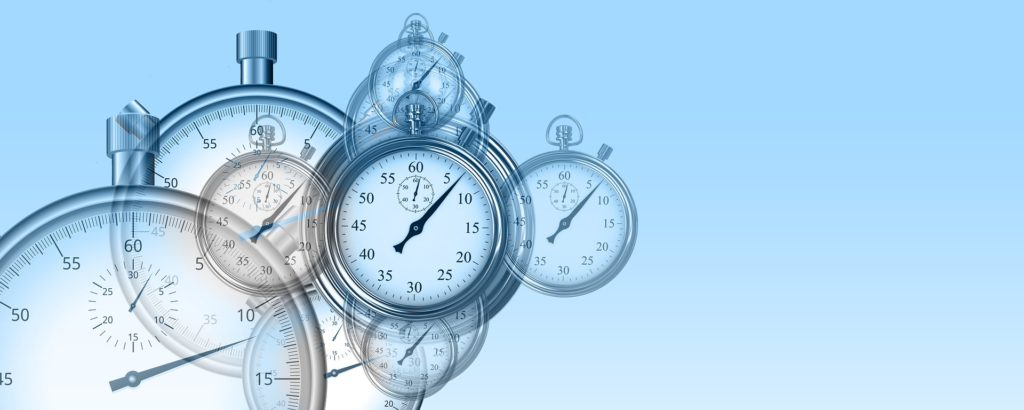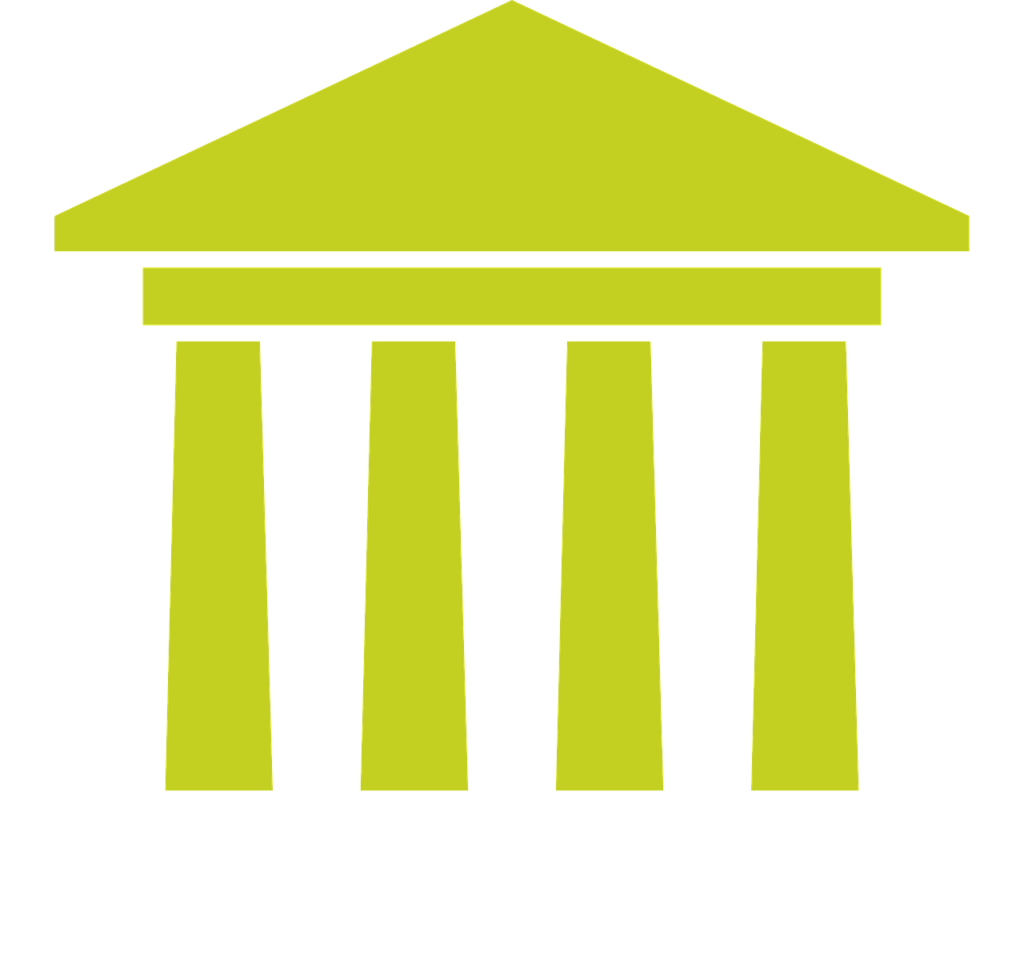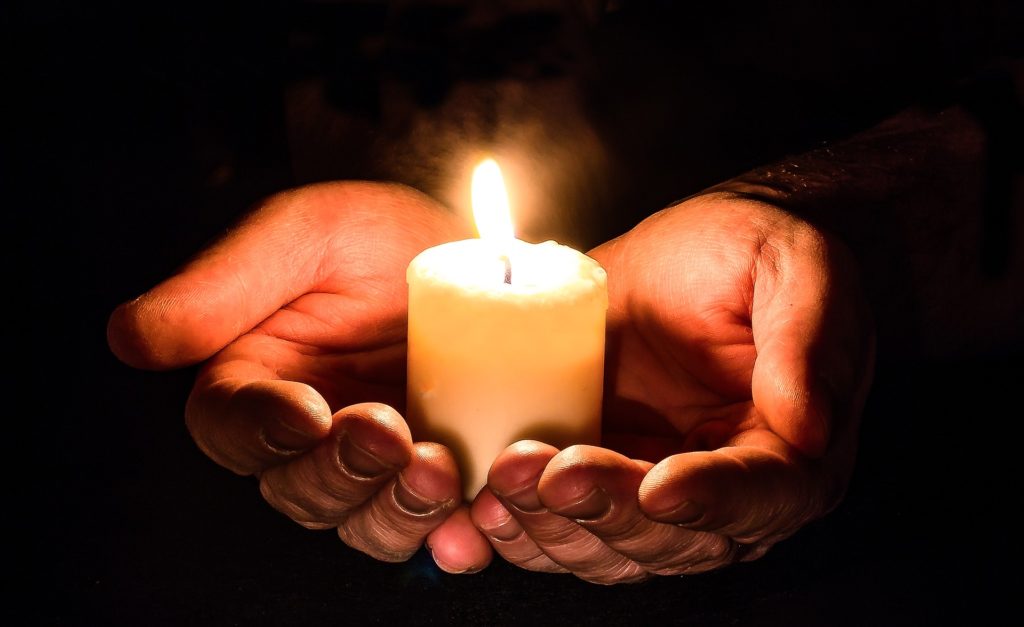Aetna Drug Rehab Facilities
Find Out If Your Treatment Is Covered by Aetna Insurance
Does Aetna Cover Rehab?
Do you want to know if there is an Aetna drug rehab? Aetna does cover rehab, Aetna Heathcare revealed in 2012 that it would increase its efforts in regards to some prescription drugs. The Substance Abuse and Mental Health Solutions Administration discovered that the variety of opioid drugs going to American pharmacies increased by almost 100 million tablets in just nine years. Aetna revealed a deal that partners the business with CRC Health Group to supply treatment for those utilizing opioid drugs. The strategy lets patients explore one of centers in multiple states. Although there is no such thing as an “Aetna drug rehab” there is Aetna drug rehab coverage that is available that allows members to find a Aetna approved drug rehab.
 Does Aetna Cover Behavioral Health?
Does Aetna Cover Behavioral Health?
Most individual and small group health insurance plans, including those sold on the Marketplace are required to cover substance abuse and metal health services. In addition, the Medicaid Alternative Benefit Plans must also cover mental health and substance abuse disorder services.
How Can I Use Aetna Insurance Pay For My Drug Rehab?
Aetna offers open-access strategies, copay just plans, and high-deductible strategies. Open-access strategies permit you to pick your doctors; they do not require a recommendation, and they do not need a primary care physician. Copay-only strategies will ensure that your costs after paying your deductible are only copays, with primary care physician visits and generic drugs covered before you hit your deductible. High-deductible plans offer preventative care services prior to the deductible is met, in some cases protection through a primary care physician before the deductible is satisfied (with copay), and the option of a health savings account. To see your strategy’s information, you can log into the member website.
Aetna Drug Rehab Coverage
To discover more about your health coverage through Aetna, you can make use of Aetna’s Navigator, an online program that permits you to see your coverage information, make claims, look for providers, and far more. By using Navigator you can access to a wide variety of resources for Aetna insured users. You can likewise check out the Discover a Medical professional portion of their website to look for providers. You can discover information on all kinds of providers there, including experts and centers that deal with substance abuse and dependency problems.
Aetna also offers patients with a virtual health assistant named Ann, who can answer basic health questions, along with questions about Aetna protection. They likewise use an app, iTriage, so you can handle your health from any place you occur to be; it’s an useful and simple way to manage health concerns from your smartphone.
For mental health problems, you are given access to psychiatrists, psychologists, counselors, therapists, social workers, psychiatric nurse practitioners, and primary care medical professionals. Because mental illness frequently work together with substance abuse, it is very important to attend to mental health concerns if you are looking for care for substance abuse problems.
 What is a behavioral health plan?
What is a behavioral health plan?
Mental and behavioral health services are a must for health benefits. All health plans must cover, Behavioral health treatment, such as drug rehabilitation for Substance use disorder (commonly known as substance abuse) treatment, psychotherapy and counseling. The plan will also cover Mental Health and behavioral health inpatient services.
Addiction Treatment Length Aetna Will Cover
If you’re not prepared to seek treatment since you’re worried about what others might believe, you’ll be glad that you have Aetna offers members 24/7 assistance, and it can assist you discover a doctor or rehab center quickly. Anything that you state to your agent is kept private, and the company will be discreet when it comes to managing your requirements. The company’s brand-new plan requires a combination of personal therapy and 12-step programs to treat prescription drug addiction, and the duration of your stay depends on your protection. No matter the length of your stay, you’ll feel safe and safeguarded.
Specialized Alcohol and Drug Treatment Through Aetna
When it comes to treatment, you have so many alternatives. The most recent program from Aetna is a pilot one that makes use of different rehab centers in South Dakota, California, and Texas. Whether you’re an executive or a mechanic, you can still explore among these centers if you have Aetna and if you consent to become part of the program. These luxury centers have high end amenities that may make you seem like you’re at a resort. You can go for a swim, take a dip in a jacuzzi, enjoy four-star dining and take advantage of other unique offerings.
 What is a behavioral health treatment?
What is a behavioral health treatment?
The terms “behavioral health” and “mental health” are frequently utilized interchangeably. Behavioral health includes not just methods of promoting wellness by preventing or intervening in mental illness such as anxiety or anxiety, but likewise has as a goal avoiding or intervening in substance abuse or other addictions.
How to Cover What Insurance Won’t
You don’t need to utilize insurance when you choose to look into rehab. Depending on how you’re connected to a loved one handling a dependency, you may find that your Aetna insurance doesn’t cover that person. Paying with a charge card is one option, though it depends on the cost of treatment and your readily available credit. Some patients prefer a payment plan, and some rehabilitation have other options. Paying in installations is an easy method to cover the expenses. To locate the best addiction treatment centers that accept Aetna drug rehab coverage contact us now and receive a no cost insurance coverage assessment.
Verifying Coverage and Finding the Best Treatment
” Depending what type of health coverage plan you have, your Aetna insurance may not cover a drug rehab. In addition, if you have Aetna drug rehab coverage you may to choose an in network Aetna approved drug rehab provider.”.
The longer you avoid the substance abuse issue, the more of an issue it becomes. If you injured yourself tomorrow, you would see your medical professional for an appointment, so you need to do the very same thing when it concerns an addiction. We understand that finding a Aetna rehab center is a confusing job, but we’re ready to help you browse through the world of drug treatment centers. Call your Aetna insurance service provider if you’re fretted about a loved one or you’re ready to act about your own problem.
 What is a behavioral health service?
What is a behavioral health service?
One in four Americans experiences a mental illness or substance abuse condition each year, and the bulk also has a co-occurring physical health condition. Healthcare facilities and health systems provide necessary behavioral health care services to countless Americans every day.
Aetna uses medical insurance alternatives in a number of states, but the level to which your strategy covers substance abuse treatment programs will differ. Whether or not you have Aetna drug rehab coverage, your Aetna plan may cover treatment programs. The type of coverage will depend on your state’s regulations and whether you have employer offered insurance or a private plan. For employer supplied insurance plans, federal guidelines may affect the level of protection your plan attends to mental health and addiction treatment. Find the best drug rehabilitation treatment centers by talking with our experts in addiction recovery by calling our helpline.
Whether your Aetna insurance covers substance abuse treatment programs or not, you will more than likely need to find a drug rehab and get treatment services approved prior to registering in a program. Understanding what services are covered and the best ways to get pre-approval can be challenging, so your best choice is to deal with a knowledgeable substance abuse treatment professional or center. An expert can guarantee that documentation is sent effectively and develop a treatment program that will match your requirements and finances.
More On Aetna’s Protection Of Treatment Programs For Substance Abuse
Most companies see the advantage of having mental health and dependency treatment coverage for their workers. If your Aetna insurance is supplied by an employer who has psychological heath and dependency options, then your treatment can most likely be covered at levels just like other medical facility care. This is because of provisions that went into effect in 2010 under the Mental Health Parity and Dependency Equity act of 2008, which needs business who cover more than 50 workers and who provide mental health and addiction advantages to cover these conditions in the same way they cover other medical conditions. Some companies also have Staff member Assistance Programs that offer extra resources to help you with recovery above and beyond treatment coverage. If you or your loved one does have Aetna and needs to find an Aetna approved drug rehab just contact us and we can provide of list of drug rehabilitation centers covered by Aetna.
 What is meant by behavioral health?
What is meant by behavioral health?
Behavioral health is the clinical research study of the emotions, habits and biology relating to an individual’s mental wellness, their ability to operate in every day life and their principle of self. “Behavioral health” is the preferred term to “mental health.”
Questions About Treatment
The majority of Aetna’s private and household insurance choices do not consist of protection for mental health and dependency treatment. However, some states need medical insurance to cover some addiction treatment expenditures. The degree to which coverage is mandated varies and the very best method to learn if your treatment is covered under state arrangements is to check directly with Aetna. Find an Aetna approved drug rehab near you by calling our recovery helpline and start sobriety today.
Work With Aetna And Providers Of Treatment Programs For Substance Abuse
Assistance is offered on your path to recovery, but the initial step is getting a clear photo of the resources to available to you. You might wish to check with Aetna to discover exactly what choices your plan offers. Key questions to get started with are:
What services will my insurance cover at a drug rehabs covered by Aetna ?
Even if your insurance carrier does not cover treatment for substance abuse, there are other resources to help you discover the ideal program, financial assistance, and other assistance. Contact us today for free info.
Disclaimer: HeroinDetoxClinics.com is not affiliated with or endorsed by Aetna. Details about Aetna’s coverage are intended for informational purposes only. The specific details of your plan may vary and the specific treatment services you require may or may not be covered.














